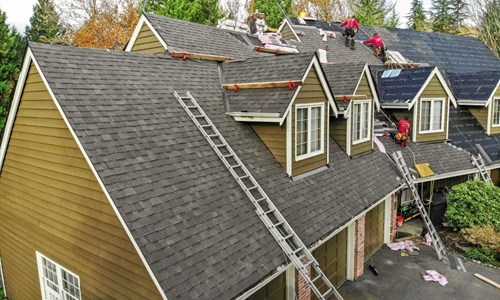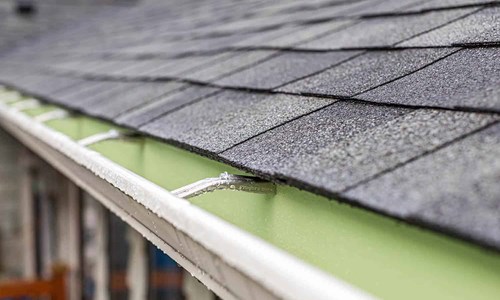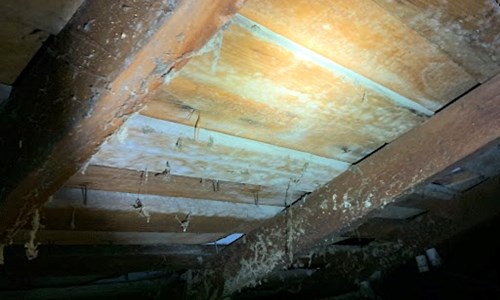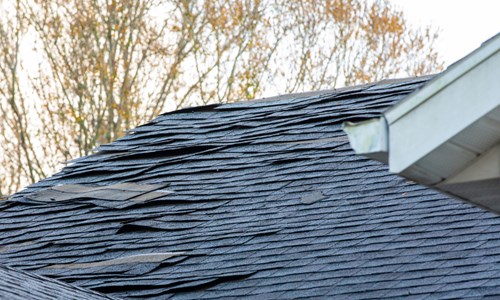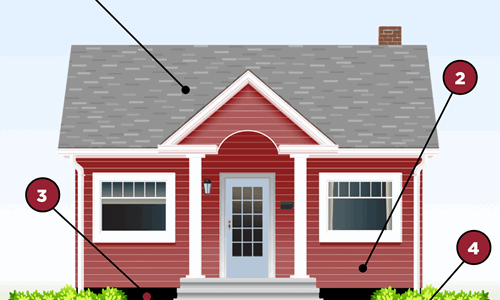
Top 4 Ways Gutters Protect Your Home - Gutter Protection
Heavy rains, wind, and debris in the Pacific Northwest can cause damage to your roof, siding, landscape and more. An efficient seamless gutter system is essential to protecting your home throughout t... Read more

